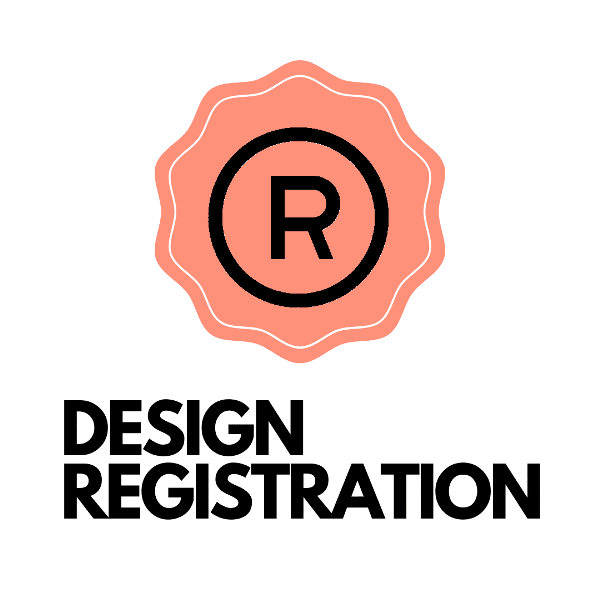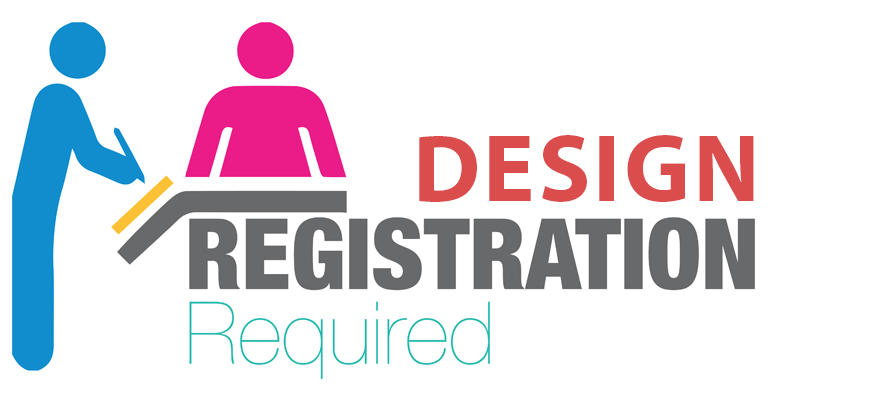
Introduction to Design Registration
Design registration is an essential step in protecting your creative work, especially in the field of industrial design. It provides legal recognition and exclusive rights to the owner of the design, ensuring that others cannot copy or imitate it without permission. In India, design registration is governed by the Registered Designs Act, which outlines the process and requirements for obtaining protection for your designs. Understanding the ins and outs of design registration is crucial for designers and creators who want to safeguard their intellectual property rights.
Importance of Design Registration
Design registration holds immense importance for designers as it offers a range of benefits and protections. By registering their designs, creators gain exclusive rights and legal ownership, allowing them to prevent others from using, selling, or manufacturing their designs without permission. This protection ensures that designers can fully exploit the commercial potential of their creations, maintain a competitive edge in the market, and reap the financial rewards of their inventive work. Moreover, design registration enhances the credibility of the designer, providing evidence of their originality and uniqueness in case of any infringement disputes.
Key Provisions of the Registered Designs Act
The Registered Designs Act in India serves as the governing legislation for design registration. It sets out the key provisions and requirements for obtaining design protection. According to the Act, a design must be new or original, not previously published or disclosed, and should have aesthetic value. The Act also lays down the criteria for determining the registrability of a design, such as its functionality, shape, configuration, ornamentation, and composition of lines or colors. Understanding these provisions is crucial for designers to ensure that their designs meet the requirements for registration.
Eligibility Criteria for Design Registration
To be eligible for design registration, certain criteria must be fulfilled. Firstly, the design must be new and original, meaning it should not have been published or disclosed to the public before filing the registration application. Additionally, the design must have aesthetic value, meaning it should be visually appealing and possess a unique appearance. Furthermore, the design should not conflict with existing prior designs or trademarks. Meeting these eligibility criteria is essential to ensure a smooth registration process and obtain full protection for your design.
Steps Involved in the Registration Process
The registration process for design in India involves several steps that designers need to follow diligently. The first step is to apply with the Design Wing of the Indian Patent Office, providing all the necessary details and documents, such as drawings, photographs, or samples of the design. Once the application is filed, it undergoes a formal examination to check for compliance with the requirements of the Registered Designs Act. If the application meets the necessary criteria, it proceeds to the substantive examination stage, where the design is assessed for novelty and originality. Finally, upon successful examination, the design is registered, and a certificate of registration is issued to the applicant.
Understanding Registered Design Rights
Registered design rights provide the owner with exclusive rights over their design for a specific period, usually ten years from the date of registration. During this period, the designer has the authority to prevent others from using, manufacturing, or selling their registered design without permission. It is important to note that registered design rights are territorial, meaning they are only valid within the jurisdiction of the country where the design is registered. Understanding these rights is essential for designers to protect their creative work and enforce their rights against any infringement.
Benefits of Design Registration
Design registration offers a plethora of benefits to designers and creators. Firstly, it provides legal protection and exclusive rights, deterring others from copying or imitating their designs. This exclusivity allows designers to establish a competitive advantage in the market and capitalize on their inventive work. Additionally, registered designs can be licensed or sold, providing designers with additional revenue streams. Moreover, design registration enhances the reputation and credibility of the designer, showcasing their commitment to originality and innovation. Overall, the benefits of design registration extend beyond legal protection and contribute to the commercial success of designers.
Common Misconceptions about Design Registration
There are several misconceptions surrounding design registration that need to be addressed. One common misconception is that copyright protection is sufficient to safeguard designs. While copyright protects the expression of an idea, design registration specifically protects the visual appearance of a design. Another misconception is that design registration is a time-consuming and complicated process. While there are certain steps involved, with the assistance of design registration services and consultants, designers can navigate the process smoothly. It is important to dispel these misconceptions to ensure that designers understand the significance and advantages of design registration.
Design Registration in the Indian Intellectual Property Rights (IPR) Framework
Design registration occupies a crucial position in the Indian intellectual property rights (IPR) framework. It provides legal recognition and protection to designers, encouraging innovation and creativity. The Indian government has taken significant steps to strengthen the design registration system, streamlining the registration process and ensuring efficient protection of design rights. With its robust IPR framework, India offers a conducive environment for designers to secure their creative work and contribute to the growth of the design industry.
Design Registration Services and Consultants in India
Navigating the design registration process can be complex, requiring a thorough understanding of the legal and procedural aspects. To ease this process, several design registration services and consultants are available in India. These professionals provide expert guidance and assistance in filing design applications, conducting searches, and handling the registration process. Engaging the services of experienced design registration consultants ensures that designers have the necessary support and expertise to navigate the intricacies of design registration and protect their creative work effectively.
Conclusion
Design registration is an essential step for designers and creators to protect their innovative work. It offers legal recognition, exclusive rights, and a range of benefits that contribute to the commercial success of designers. By understanding the key provisions, eligibility criteria, and steps involved in the registration process, designers can ensure that their designs are adequately protected. Furthermore, debunking common misconceptions and engaging the services of design registration consultants can streamline the process and provide expert guidance. With a robust design registration system in place, India offers a conducive environment for designers to safeguard their creative work and thrive in the competitive market.








